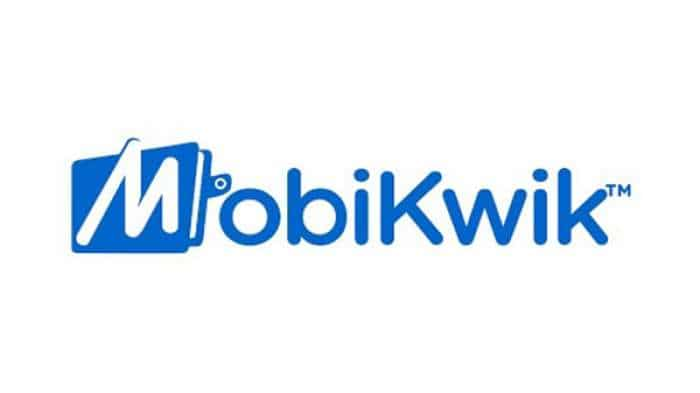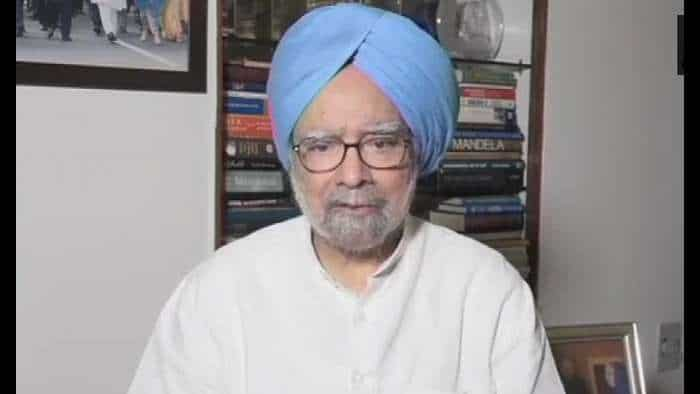Dhananjay Sinha of JM Financial decodes potential impact of US Fed rate hike on Indian market and rupee
The US Federal Reserve normalisation, including the faster tapering of quantitative easing (QE) and rate hikes, can impact the Indian markets in multiple ways, Dhananjay Sinha, Managing Director & Chief – Strategist, JM Financial Institutional Securities said in an interview.

The US Federal Reserve normalisation, including the faster tapering of quantitative easing (QE) and rate hikes, can impact the Indian markets in multiple ways, Dhananjay Sinha, Managing Director & Chief – Strategist, JM Financial Institutional Securities said in an interview with Zeebiz’s Kshitij Anand. Edited excerpts:
See Zee Business Live TV Streaming Below:
Q) US Fed signals three rate hikes on the cards in 2022 as the inflation fight begins. How will it impact the Indian markets?
A) The US Federal Reserve normalisation, including the faster tapering of quantitative easing (QE) and rate hikes, can impact the Indian markets in multiple ways.
First, it can temper portfolio flows into the Indian equities, which have already been moderating since March 2021.
Second, a stronger US dollar can induce weakening pressures on the Indian rupee, which has a direct impact on valuation multiples for several cyclical sectors in the Indian equity market.
And thirdly, it will also imply that as rates hardens in the US and the rupee depreciate, the Indian interest rates will also start rising.
Q) We have seen some big moves on the currency. How will it impact the currency in the short and medium-term time frame?
A) The Indian rupee is on average has been depreciating by about 3.5-4% per annum. An important point to note here is that the currency appreciated modestly by 5.8% to 72-73 by May’21 against the dollar from 77 in the aftermath of massive dollar liquidity infused by the US Fed, which enabled RBI to accumulate USD 140 billion.
But, since then, the rupee was depreciated back to 76 per US Dollar. With a quicker US Fed tapering and rate hike cycle, the dollar is likely to sustain a strengthening bias, at least till the ECB also starts its normalisation.
Hence, in the coming months, it is likely that the rupee will weaken higher than the long-term average.
Q) We could see some more outflows from FPIs as US Fed begins to tight monetary policy?
A) Even before the advent of the US Fed rate hikes, India has seen a net outflow of USD 7.8 billion since the end of March’21. The direction of the US rate cycle and Fed’s quantitative easing jointly explain a substantial portion of portfolio flows into emerging markets (EMs), the domestic growth has much lesser explanatory power.
Hence, tightening of the US monetary policy and subsequently of other central banks will have an impact on flows.
Q) What should be the strategy of investors in 2022 amid potential 3 rate hikes from the US Fed, and the RBI could also look at raising rates?
A) We are looking at a fairly ranged market in 2022 with some bouts of volatility that will create valuable opportunities. As of now, the Indian equity is on the expensive side.
We have aligned our sector and stock positioning with our views on a) how we see India’s business and economic cycle evolving in the next 12 -18 months; b) evolution of global inflections, including quicker normalisation of the US rate cycle, spillovers from China’s slowdown, correction in commodity prices.
Accordingly, we are avoiding sectors like metals, and have lower weights on financials including banks, core investment themes, and small-caps.
There is a considerable gap compared to the pre-COVID trends on the private consumption side. We believe this gap will be filled by an early revival in urban consumption, supported by a pick-up in compensation in the organised sector and leveraged consumption, given the negative real rates on bank deposits and very low lending rates.
Keeping all this in mind, we prefer large private banks, and allocate less weight for small banks and most public sector banks.
We continue to like the IT sector despite the high valuations as we think that in the aftermath of the COVID shock there is a structural uptrend in the business, especially from the US and European companies.
Within the urban segment, we have a preference for durables, autos, housing, and building materials.
(Disclaimer: The views/suggestions/advice expressed here in this article are solely by investment experts. Zee Business suggests its readers to consult with their investment advisers before making any financial decision.)
Get Latest Business News, Stock Market Updates and Videos; Check your tax outgo through Income Tax Calculator and save money through our Personal Finance coverage. Check Business Breaking News Live on Zee Business Twitter and Facebook. Subscribe on YouTube.
RECOMMENDED STORIES
11:32 AM IST











 BSE, NSE closed today for Christmas; trading to resume on Thursday
BSE, NSE closed today for Christmas; trading to resume on Thursday Santa Pick by Anil Singhvi for long term: Market wizard bullish on this smallcap IT services stock
Santa Pick by Anil Singhvi for long term: Market wizard bullish on this smallcap IT services stock GIFT Nifty futures hint at muted start; markets to trade cautiously
GIFT Nifty futures hint at muted start; markets to trade cautiously Global cues, FIIs key factors to watch, markets may react to assembly polls outcome: Analysts
Global cues, FIIs key factors to watch, markets may react to assembly polls outcome: Analysts  Indian markets will remain under pressure amid global rate cuts: Report
Indian markets will remain under pressure amid global rate cuts: Report